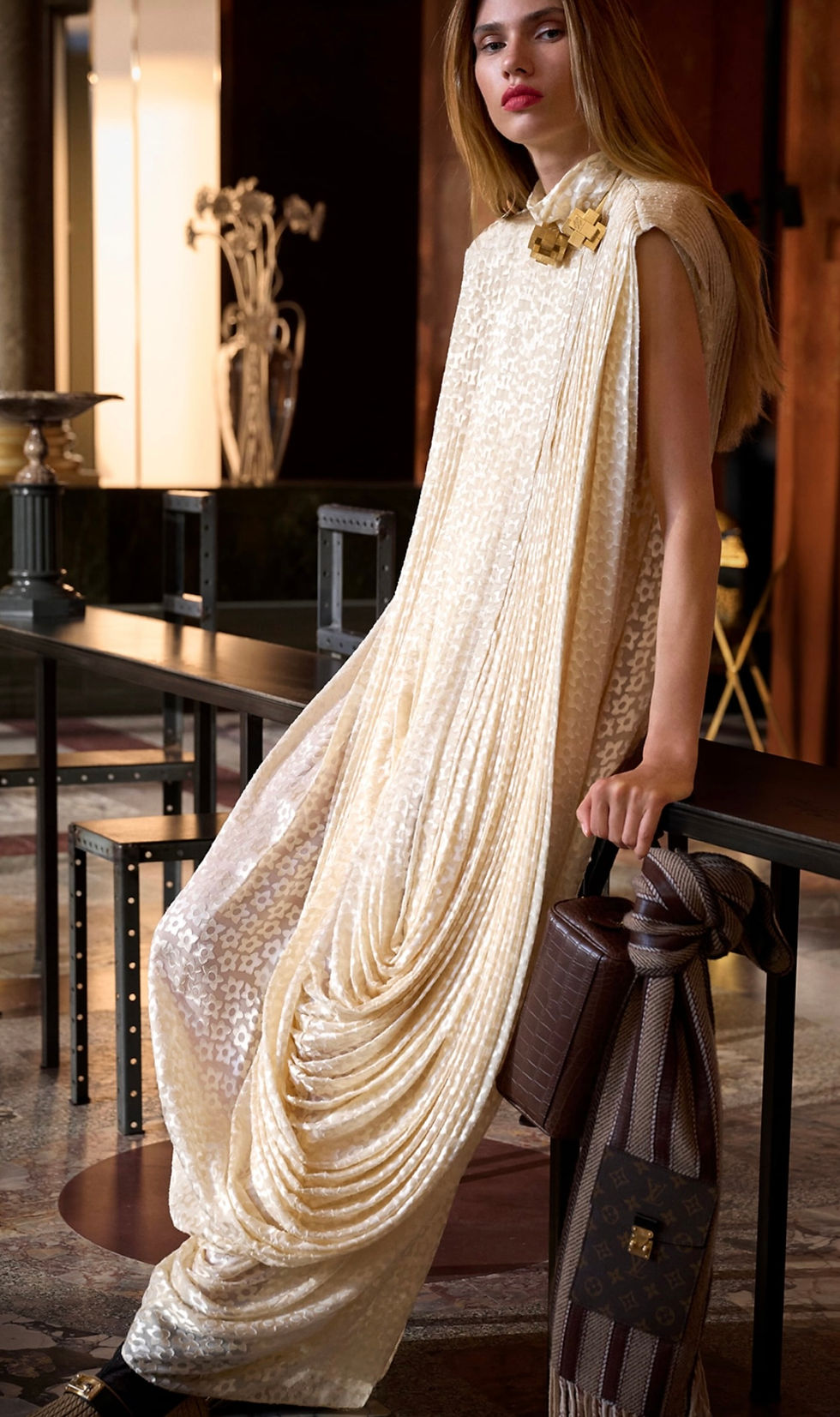Luxury in Motion: Power Shifts and Strategies Redefining Fashion’s Future
- Luxe magazine Switzerland

- Aug 26
- 3 min read

Luxury in Motion: Power Shifts and Strategies Redefining Fashion’s Future
The Story of a Shifting Empire
In luxury fashion, power is never static. It moves like a current sometimes subtly, sometimes in tidal waves. Over the past year, three of the most storied houses Chanel, Dior, and Gucci have been reshaping the industry through bold campaigns, calculated acquisitions, and a battle for the crown of global desirability.
The story is not just about clothes. It is about who defines culture, who commands attention, and who controls the narrative of luxury itself.

The Image War
It began with imagery. On Instagram and global billboards, the industry staged a visual revolution. Michael Kors transported audiences to Rome, its campaign shot against the timeless backdrop of the Spanish Steps and Piazza Navona. Louis Vuitton teased collaborations that blended streetwear with heritage echoes of the legendary LV × Supreme. Dior whispered of Nike partnerships, tapping into the energy of sport as fashion’s new frontier.
These images were more than aesthetics they were signals. They said: luxury is not confined to Paris ateliers; it thrives in the streets, on social feeds, and in the imagination of Gen Z.
The Rise of Chanel
While campaigns won hearts, numbers began to redraw the map of power. According to Brand Finance’s 2025 Luxury & Premium Report, Chanel stunned the industry by leaping 45% in brand value, reaching US $37.9 billion surpassing Louis Vuitton for the first time.
This wasn’t just a statistic; it was a seismic shift. Chanel, long admired for its timeless codes, proved that modern luxury is about marrying heritage with bold relevance. Its ability to captivate a new generation while staying true to Coco Chanel’s DNA propelled it ahead in the global rankings.

Dior’s Strength and Gucci’s Identity
But Chanel was not alone in redefining the game. Dior surged as the strongest brand in luxury, scoring a remarkable 93.5/100 on the Brand Strength Index. The figure speaks of more than sales it reflects emotional resonance, cultural impact, and a near-unparalleled ability to embody aspiration.
Meanwhile, Gucci, with its flair for reinvention, sought to consolidate its identity. After seasons of creative experimentation, it leaned into its Florentine roots with campaigns staged at Palazzo Settimanni. Gucci’s narrative became one of returning home to move forward a balancing act of daring design and heritage pride.

The Strategic Gambit of Kering
Behind the glamour of runways and campaigns, boardrooms made their moves. Kering, already home to Gucci, executed a coup of its own: the acquisition of Giambattista Valli, a couture house celebrated for its romantic, sculptural gowns.
This acquisition was more than an expansion it was a declaration. By securing a foothold in haute couture, Kering positioned itself alongside LVMH in the rarefied space of ultra-luxury. It was a long-term bet: in an era when consumers spend less on mass luxury but more on exclusivity and craft, couture is the ultimate safe haven.
Italy, The Eternal Stage
If Paris is luxury’s capital, Italy has become its grand theater. Rome, Florence, Lake Como all staged pivotal moments in 2025.
Dior’s Maria Grazia Chiuri transformed Cinecittà Studios into a Fellini-inspired dream, a cinematic ode to Italian culture.
Chanel presented its Cruise collection by the waters of Lake Como, embracing timeless romance.
Gucci returned to Florence, reclaiming its history in the walls of its own palazzo.
Italy’s cities became more than locations; they became storytellers, grounding global fashion in a landscape where history and fantasy meet.
The Bigger Picture: Luxury’s New Equation
The narrative across these houses points to a broader truth: luxury is evolving from possession to experience. Consumers today want more than handbags and gowns; they seek cultural immersion, emotional connection, and exclusivity.
That is why Chanel’s numbers matter, why Dior’s strength resonates, and why Kering invests in couture. They are not just competing for market share they are competing for meaning.
Conclusion: The Grand Chessboard
Luxury fashion in 2025 is a chessboard of strategy and spectacle. Chanel’s meteoric rise, Dior’s unmatched resonance, Gucci’s creative recalibration, and Kering’s couture gamble all fit into a single story: the redefinition of power.
In this unfolding narrative, numbers and images, boardroom deals and runway fantasies, are no longer separate. They are moves in the same game a game where heritage meets modernity, and where the true prize is not only revenue but cultural immortality.
#FashionNarratives






